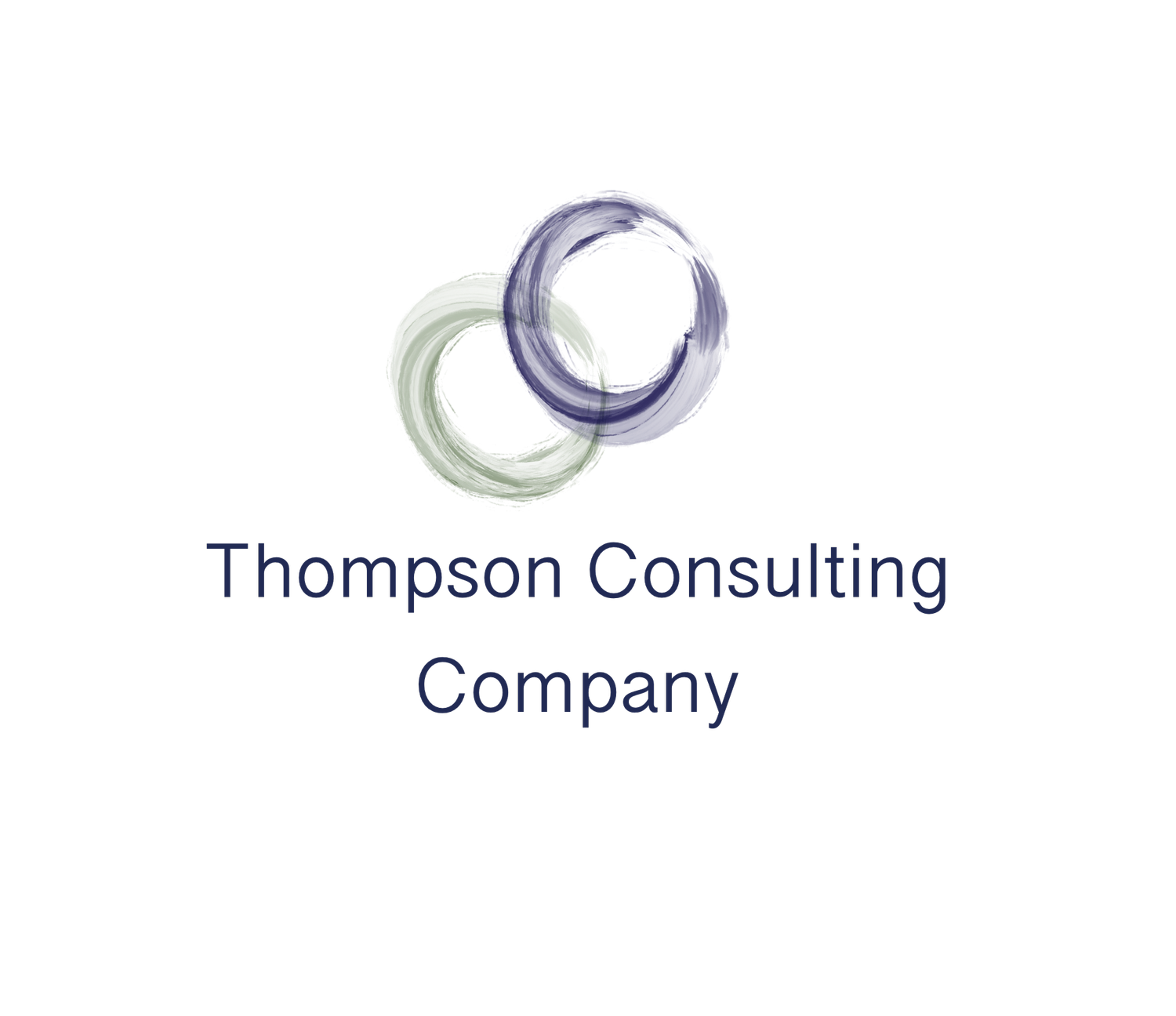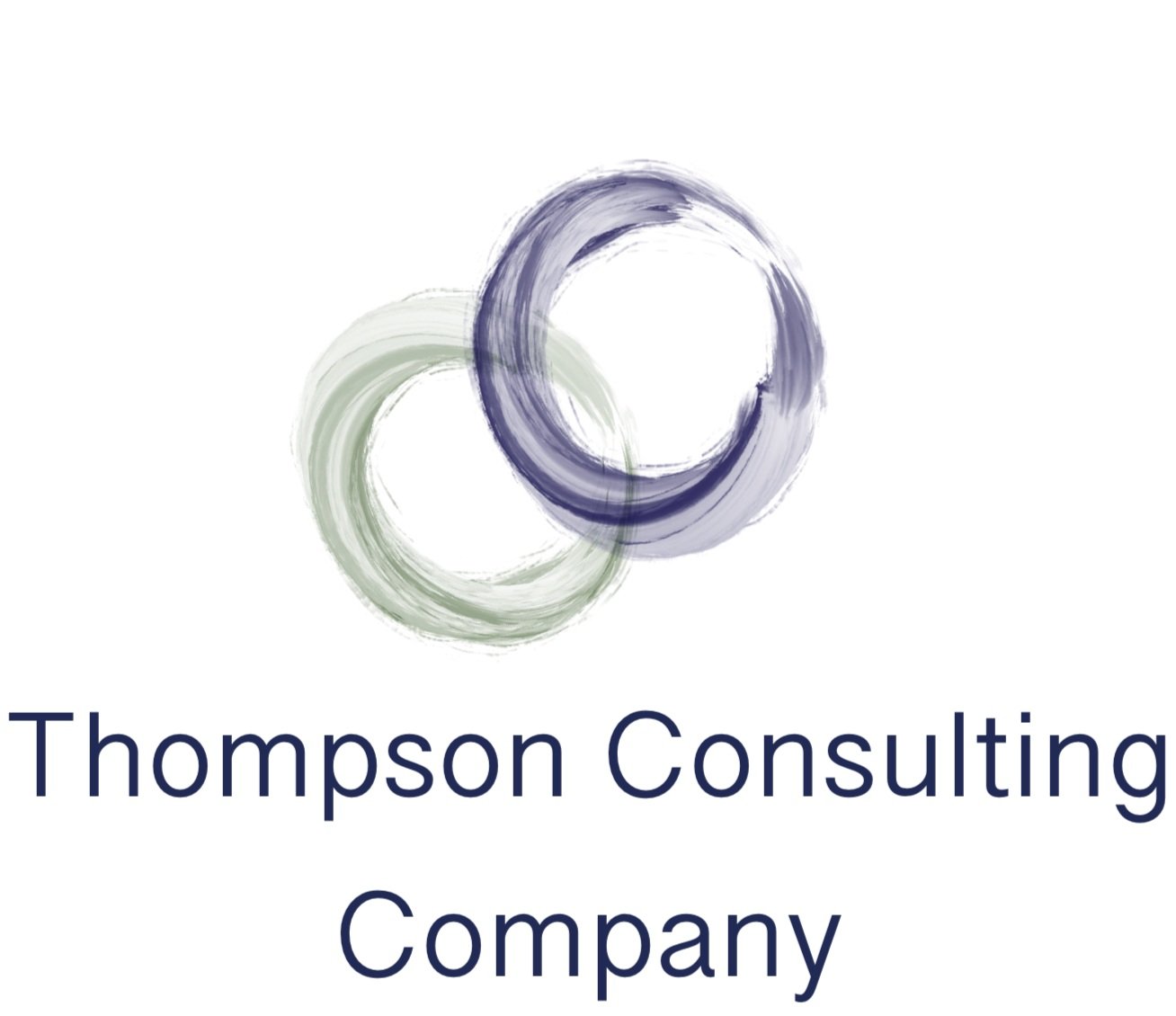Navigating Weaknesses
It’s clear that people and groups of people do better when they lean into their strengths. It sounds like it’s an easy, simple mindset. But like everything, it’s more complicated in application than it is in appearance.
Your strengths are your weaknesses. The strength of a pickup truck is its ability to haul heavy loads. A consequence of having that strength is the weakness of using lots of fuel, even when you’re just using it to get from A to B without needing to take anything large and heavy with you. You can improve the fuel economy of a pickup truck, but it will always take more energy to move it from A to B than a sub-compact sedan.
Leaning into your strengths means that if you’re a pickup truck, you’re going to do everything you can to be the best pickup truck you can be. But you’re not going to try to fundamentally change yourself in attempt to be both a pickup truck and a subcompact sedan, because rather than being the best of both worlds, you’ll be something entirely different (i.e. see the Subaru Baja.)
One of the more difficult aspects of leaning into strengths is navigating the accompanying weaknesses. Just because you’re not fundamentally changing your personality doesn’t mean the flip-side of your strengths isn’t having an impact. All your greatest strengths have side effects. The strength outweighs the side effects, but the side effects still have impacts, and you have to do something about it.
I’ll use myself as an example. I’m great at nuance, detail, and complexity. People who work with me appreciate this about me. They find value in it. At the same time, I’m so good at it that I’m prone to over-explaining, repeating the same thing in six slightly different ways just to cover my bases, and telling people way more than they want to hear. My strength and my weakness are two sides of the same coin.
How can I go about navigating my weaknesses effectively?
#1 Do what I can to take the edge off.
In my writing, I sometimes go back over a paragraph and think to myself, “How short can I make this bit if I remove all the unnecessary fluff?” I take 5 word phrases and replace them with a single word. I remove some of the qualifying language that I’ve inevitably overdone, like “in some cases” and “much of the time”. I look at each sentence and ask myself, “Have I already said that in another sentence?”.
In conversations, I try to focus on what the person in front of me needs. If they asked a question, they may just want an answer that I’m 80% sure of. What I want to give them is the answer, my degree of certainty, seven other possible answers, and individual explanations for each alternative answer and why they’re not as good as my initial answer, all the while acknowledging that my initial answer isn’t perfect.
I also pay attention to how often I use my strength for nuance, detail, and complexity by choosing the most relevant opportunities to apply it rather than using it all the time just because I can.
These are real examples of how I take the edge off of the side effects of my strengths. It’s akin to improving the pickup truck so it gets a few more miles per gallon or driving it less when you don’t need to haul heavy loads. It’s still a truck, though.
#2 Demonstrate awareness in perpetuity.
People need to know that you’re aware of your weaknesses. Even more importantly, they need to know that you understand the impact of your weaknesses. A one-time, blanket statement of awareness followed by some version of “and you’re just going to have to deal with that and not hold it against me” isn’t going to cut it. For me, the one-time blanket statement might sound like this: “I know I over-explain things sometimes, and that can be annoying or come off as thinking you’re not smart. So know that it’s not my intention and remember that’s just the way I am.” And then I never mention it again. When I inevitably annoy and you bring it to my attention, I might just say “I told you not to take it personally, it’s just how I am.”
Don’t do that.
Instead, it’s important to demonstrate ongoing awareness of when your weakness is showing up and the impact it might be having. That means getting good at noticing when you’re doing the thing and stopping to acknowledge it and the impact on others. It’s not just a blanket statement that you say now and then. It’s a consistent practice of commenting on how your weakness might be showing up in a specific moment, and then acknowledging and mitigating the impact.
For example, whenever I catch myself rambling on for too long without the other person talking, I might stop and do some acknowledging and mitigating. For example:
“I’m sorry, I think I’m over-explaining this, I know I do that sometimes. It might sound like I don’t think you understand this topic, and that’s not what I mean to do. Can you tell me your thoughts on the issue?”
“I just noticed that I’m repeating myself and explaining the same thing over again in slightly different ways. I think I’m uncertain about whether you understand what I’m saying, and it’s important to me that you accurately understand where I’m coming from. Thank you for being patient with me. Can I stop and ask what you’re getting from what I’m saying?”
#3 Ask for specific feedback frequently.
You don’t always know when your weaknesses are showing up in the moment. Other people can help, but usually only if you ask. When I say to ask for specific feedback, I mean things like:
“How did I come off in the meeting yesterday? It seemed like everyone got quiet after my comment, and I’ve been thinking about it.”
“Can you name an example of a time where I’ve given too much detail in the last couple of weeks? I’m trying to get better at noticing when it’s happening, and any insight you have would be really useful.”
“Did I use up too much air-time in our last conversation? I can’t tell if I’m just in my head about it or if you actually thought I was doing too much of the talking.”
Don’t go overboard. If you’re constantly checking with other people to see how they perceive you, it’s more likely to come off as paranoia than curiosity. Ask often enough to communicate curiosity and normalize the giving of critical feedback, but not so often that you make it weird.
#4 Give grace to yourself and others.
Grace and accountability are not mutually exclusive. You can do a great job of accountability for yourself and others while also giving ample patience and the benefit of the doubt. The way we treat ourselves when others are watching and the way we treat one another sets the culture of the group. While leaning into your strengths, demonstrating genuine humility around your weaknesses. When other people’s weaknesses are showing up, treat them with the same understanding you’d want for yourself or for the people you care about. This will help set the tone as the group practices leaning into strengths and navigating weaknesses.
#5 Build real relationships with one another.
We all navigate our weaknesses in the context of the group we’re a part of. When our relationships with one another are characterized by trust, respect, curiosity, transparency, and engagement, we get more opportunities to lean into our strengths and navigate our weaknesses effectively. We can say vulnerable things without fear of losing status, like “I’m not good at that” or “This is really difficult for me” or “I need help to figure this out.” Great relationships open doors for each of us to be ourselves, lean into our strengths, and do our best work!

